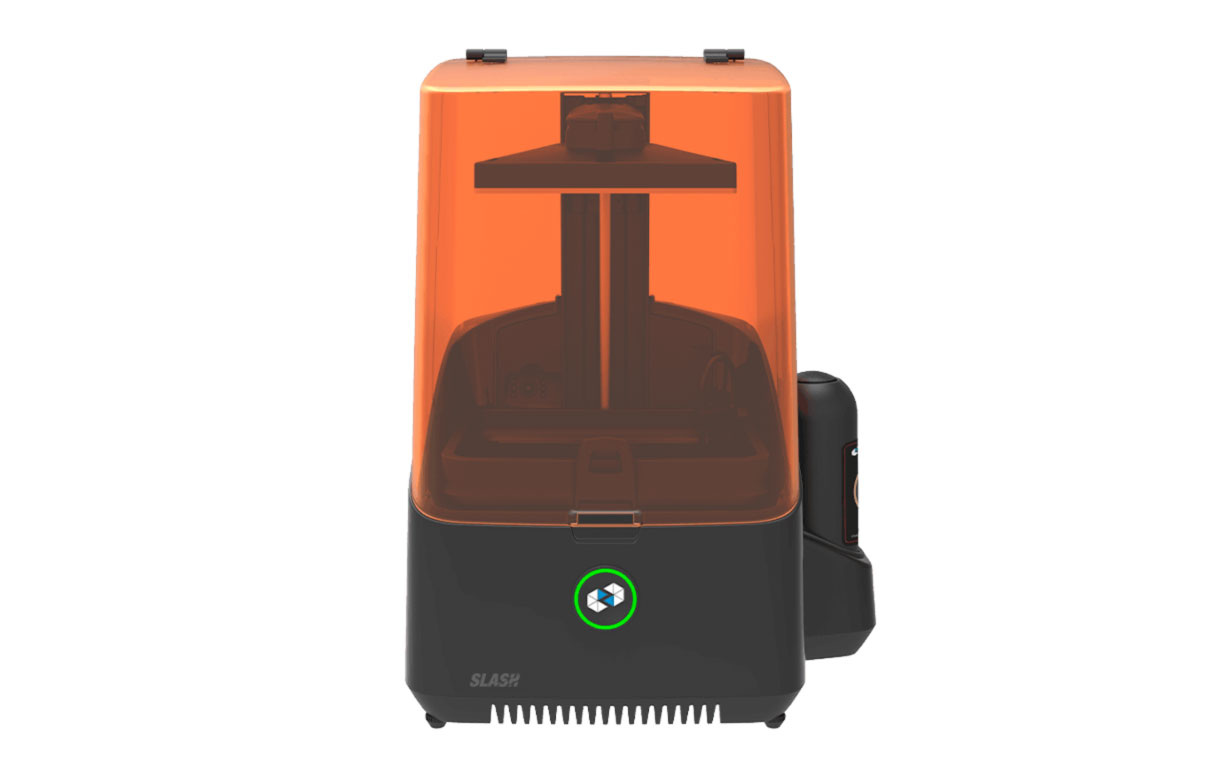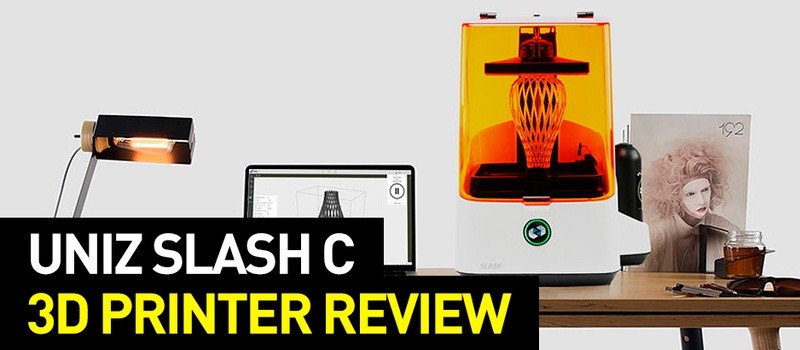

Research has been initiated to investigate all the aspects of the workflow and aligner printing outcome.

Directly printed aligner possess many advantages compared to thermoformed one. A new aligner resin has been recently invented to allow direct aligner printing. Clear aligner treatment is performed using thermoformed aligner. Orthodontic treatment is mainly based on the use of fixed appliances, while in the last years, thermoformed aligners have been introduced as an alternative whenever a more invisible treatment modality is preferred. It took a few years to include this technology in orthodontics and continuously apply it in the orthodontic office. CAD software and 3D printers already existed. The trigger for this transformation is the ability to digitally scan the oral cavity. The use of computers, computer-aided design (CAD) software, computerized machines, and newly invented materials allowed this change to occur in a relatively short time in dentistry and orthodontics. The main cause of this shift was the invention and use of computers. Orthodontics stands on a junction where traditional analog appliance manufacturing slowly but steadily changes to a digital one with the use of 3D technology. There was almost no difference among attachment types in terms of achieving bodily movement of the canine. In the aligner without an attachment, the canine did not become upright. After repeating the calculation, the canine became upright and moved bodily regardless of the attachment type.

Regardless of the type of attachment, upon placement of the aligner on the dentition the crown of the canine moved to the target position, while the apex hardly moved. Three types of attachments-semicircular couple, vertical rectangular, and horizontal rectangular-were placed on the canine crown. The thickness of the aligner was 0.45 mm, and its Young's modulus was 2 GPa. A FEM model of the aligner was made based on the crown surfaces. The teeth and the alveolar bone were assumed to be rigid bodies. These calculations were repeated to move the teeth after placement of the aligner. First, the initial movement was calculated, and then the alveolar socket was displaced in the same direction and with the same magnitude as the initial movement. The alveolar socket was displaced in the same manner as the initial movement caused by elastic deformation of the periodontal ligament. Orthodontic tooth movement was simulated using the finite element method (FEM). Using an aligner, the canine was moved bodily by 0.1 mm distally as a target position.

To clarify the effect of attachment types on bodily movement of the maxillary canine in aligner orthodontics.


 0 kommentar(er)
0 kommentar(er)
